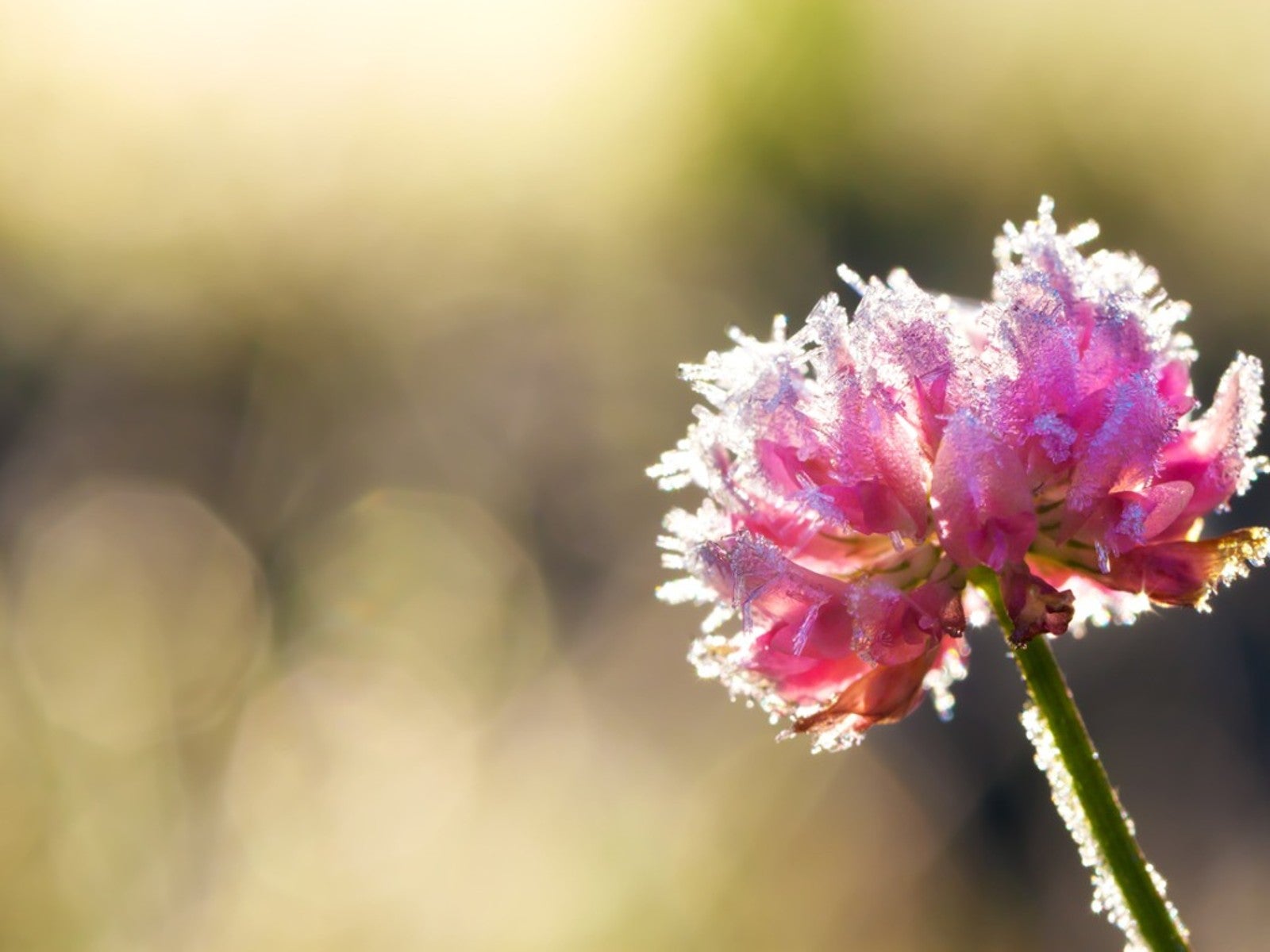Three Ice Men - What Are The Ice Saints


Have you ever heard of the three ice men, also known as the Ice Saints? These are three saints associated with planting crops, and - as is the habit with saints - they each have a particular day of the year they are celebrated.
Curiously, the three days are sequential, and it’s only safe to plant in spring after the three days of celebration. Although all three saints died hundreds of years ago, it is probably good wisdom to wait until these May dates are passed to plant if you live in an area where spring frosts occur.
Meet the Frost Saints
If you’ve never heard of the three frost saints, the names St. Mamertus, St. Pancras and St. Servatius are not likely to mean much to you. But these are the three “ice saints” associated with safe vegetable planting in spring.
What exactly do we mean by “safe” here? Anyone who has planted warm-weather crops in spring only to have them covered by snow or killed by spring frost knows the cold-weather dangers that lurk for gardeners.
Three Chilly Saints
Once you hear that there are three ice men, it’s interesting to find out who they were. The first, St. Mamertus was the founder of Rogation days, a period of prayer and fasting. He died in 475 and is celebrated on May 11.
The second, St. Pancras, was just a young boy of 14 years old in the year 313 when he refused to renounce his Christian beliefs. For this he was beheaded. His fete day is celebrated on May 12.
St. Servatius was a bishop and reputed to be a distant cousin of Jesus. He died in 384 and is remembered on May 13.
Sign up for the Gardening Know How newsletter today and receive a free copy of our e-book "How to Grow Delicious Tomatoes".
Three Ice Men
These three saints and their saint days – May 11, May 12 and May 13 – are associated with weather and planting. This custom started in northern Europe where, even if April is sunny, May could bring a killing spring frost, making it risky to plant. In German and Swiss lore, the middle of May is called the “Iceman Days,” while French gardeners like to say that St. Mamertu, St. Pancras and St. Servatius “do not pass without a frost.”
Gardeners in Europe looked for a way to determine when planting would be safe. Calendars were not common in those days, so many people set their schedules by church holidays. They noticed that the three coldest days of the year happened to fall on these saint days - May 11, May 12 and May 13. That’s when the tradition arose to wait to plant until these three saints – the Ice Saints - were celebrated. Only then were the crops said to be protected.
Whether or not you are a fan of the three ice men, it always pays to wait to plant your vegetable garden until the last spring frost is done. And it never hurts to be cautious. Your seedlings will thank you!

Teo Spengler is a master gardener and a docent at the San Francisco Botanical Garden, where she hosts public tours. She has studied horticulture and written about nature, trees, plants, and gardening for more than two decades, following a career as an attorney and legal writer. Her extended family includes some 30 houseplants and hundreds of outdoor plants, including 250 trees, which are her main passion. Spengler currently splits her life between San Francisco and the French Basque Country, though she was raised in Alaska, giving her experience of gardening in a range of climates.